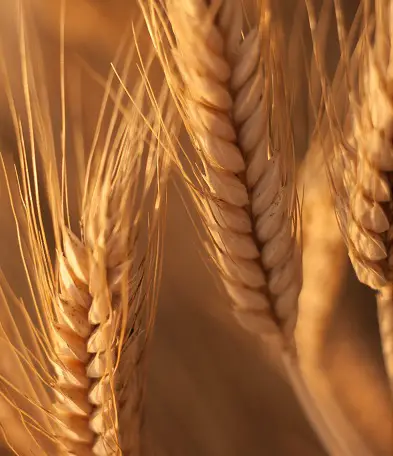According to a new report in the Guardian, following the beginning of the Russian military special operation in Ukraine, ten of the largest hedge funds in the world made almost $2 billion from carefully placed bets designed to exploit the sudden spike in food prices. Hedge funds are private investment firms which focus on trading equities and commodities for profit. The report cited research by Greenpeace’s investigating journalism division, Unearthed, and Lighthouse Reports, a journalism non-profit.
The research examined the performance of Societe Generale’s SG Trend Index over the first quarter, focusing on grains and soya beans, examining how it performed prior to February 24th, when the Russian military action began, and immediately following the initiation of hostilities.
The report found that the hedge funds analyzed saw $1.9 billion in profits on just these commodities, which was a far higher return than than they had produced in the first quarters of any of the five previous years.
Commenting on the report, Olivier De Schutter, a UN special rapporteur on extreme poverty and human rights, said, “Hedge funds helped inflate a price bubble, putting upward pressure on food prices… and this has affected hunger levels of the world’s poorest people… Hedge funds and financial speculators have made obscene profits by betting on hunger and exacerbating it. That cannot be right.”
He accused investors who were seeking to “capitalize on uncertainty and rising food prices,” of intentionally “piling” into grains and commodities, regardless of the consequences on poorer nations.
Food companies have also profited off the conflict, according to analysts. Over the last two years, beginning during the Covid-19 pandemic, and extending into the after-effects of the war in Ukraine, the world’s 20 largest food companies made $53.5 billion in windfall profits.
Greenpeace International campaigner Davi Martins said, “What we are witnessing is an enormous transfer of wealth to a few rich families that basically own the global food system, at a time when the majority of the world population is struggling to make ends meet.”
After the beginning of the conflict in Ukraine, the prices of agricultural products like fertilizer, and staple foods such as wheat, spiked suddenly, driven by soaring energy costs and fears that Russia’s energy exports would be shut down by sanctions or geopolitical conflicts. Russia was a major exporter of natural gas to Europe, which was used as feedstock for the chemical production of ammonia, which is the chemical basis of most fertilizers.
Concerns subsided later in the year, after a deal was struck between Russia and Ukraine in mid-2022, to allow the export from ports of Ukrainian agricultural products despite the ongoing military hostilities.
The deal is presently in jeopardy, due to Russian complaints that it has not seen the promised benefits of it, and that Ukraine, instead of shipping agricultural supplies to poorer nations for humanitarian purposes, has exported most of its products to higher-paying markets in Europe for profit. Meanwhile Russia continues to face difficulties exporting its own agricultural products due to economic sanctions levied against it by Western powers.
Due to this, global food prices continue to remain elevated, far above their 2021, pre-conflict levels. This has led the International Monetary Fund to note that “many vulnerable countries still face heightened food insecurity.”
Analysts have called for greater regulations, including making the rules governing market speculation stricter, with more transparency in the food markets, as well as limitations on the sizes of positions investors are allowed to take in the market.


